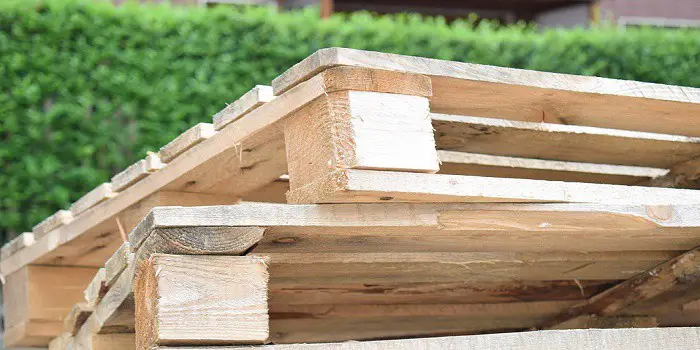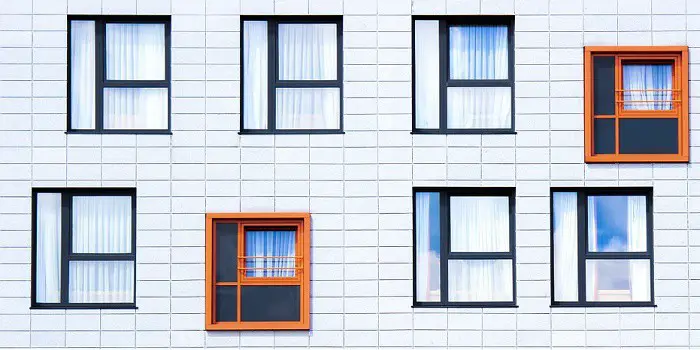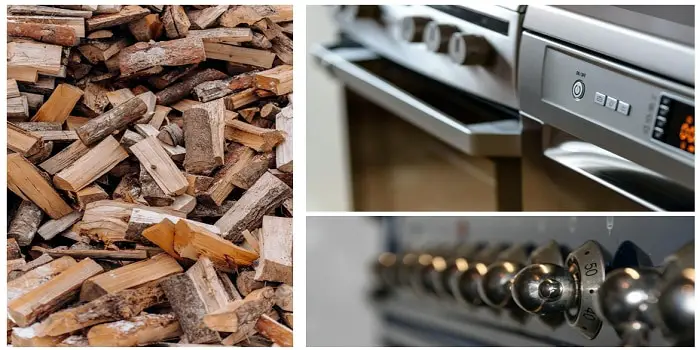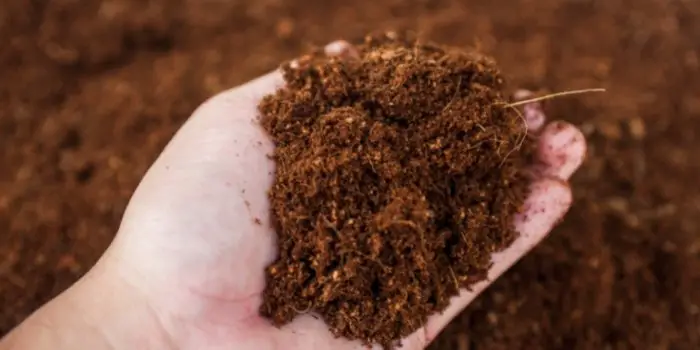
Sawdust is a great material to add to a compost pile since it comes from trees, which are highly compostable plants. The good thing is any type of sawdust can be composted, regardless of the type of wood it comes from, including both hard and softwood sawdust.
When composting, sawdust is categorized as “brown” material. It helps carbonate the compost and balances out the nitrogen from “green” materials like food waste. To compost sawdust properly, treat it like dry leaves and mix it in at a ratio of about 4 parts brown to 1 part green.
How Long Does it Take to Compost Sawdust?
The time needed to decompose the sawdust fully depends on different factors, but under the right conditions, most wood shavings can be composted fully in just six months.
Such conditions include having the right ratio of carbon to nitrogen; browns, like sawdust, have to go along with the greens, like clippings or kitchen waste.
Proper conditions also mean having the right moisture level in the compost pile. It should neither be too dry nor too wet, and it should be consistently turned in order to aerate it. This will help encourage the growth of bacteria to break down the organic material.
That said, there is sometimes a chance that sawdust could take many years to decompose fully. This is especially true if sawdust is too rich in carbon or lacking in nitrogen.
Anything with a carbon-to-nitrogen ratio that is too high will cause it to require a long period of time to be ready to use.
If you want to produce your compost in less time, you can try introducing more greens, like vegetable scraps or grass clippings, to get the right ratio for your compost.
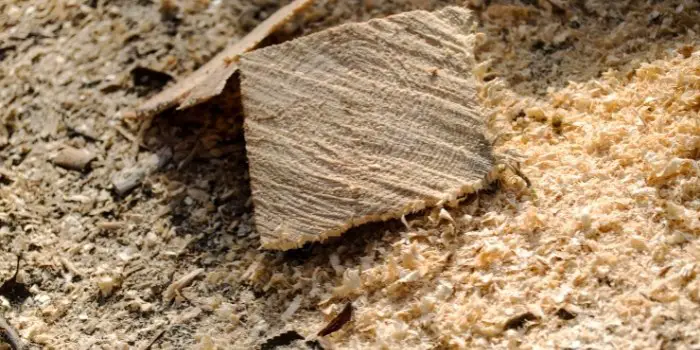
Types of Sawdust You Should Avoid Composting
As stated, sawdust from any kind of tree is suitable for composting. But be cautious and mindful of any sawdust that comes from chemically treated wood.
If you’re using treated wood, you’ll need to take extra steps to ensure such chemicals will work themselves out of the compost before you apply it to your garden.
The best way to wash out the chemicals is to douse the compost pile with plenty of water more than usual during the summer. This, paired with average rainfall, should be enough to leech out any toxic chemicals and dilute them to levels that won’t hurt the surrounding plant life.
You should also steer clear of sawdust that comes from walnut wood or other similar trees since their natural herbicide content will kill common veggies and plants like tomatoes.
With the sawdust in the composting bin, prepare both the green material and the sawdust to go with it. These can be added to the compost pile if you have the right ratio.
In an ideal situation, the outermost layer of the compost pile should be made entirely of carbon-dense materials, such as sawdust.
In order to achieve this, put in the green materials first and then spread out the sawdust over the top.
Be sure to aerate the compost pile to give the aerobic bacteria constant oxygen for the purpose of breaking down the compost. This is especially crucial when you add large quantities of sawdust to the compost pile.
Finally, remember to adjust the moisture level of the compost pile.
These beneficial microorganisms require moisture to complete decomposition, so you’ll need to monitor the moisture level in your compost any time you add new materials.
Ideally, your compost should have the texture of a wrung-out sponge. In order to achieve this, adding water after each introduction of sawdust is necessary.
This benefits the compost pile since sawdust is hygroscopic, meaning it will absorb more water. Because of this, if you add sawdust to the compost pile dry, it will absorb moisture from the compost material and dry it out.
Beyond that, sawdust has the chance of getting blown away in windy conditions if the water doesn’t weigh it down.
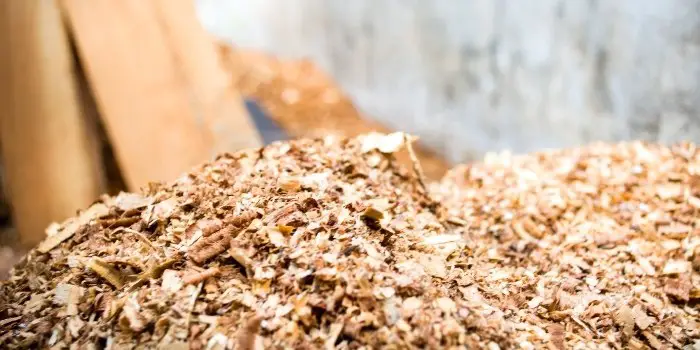
What Can You Do with Sawdust Besides Composting?
Alongside composting, there are many ways that you can put that extra sawdust to good use:
1- Make your own mulch
Instead of buying expensive bags of mulch, you can use sawdust to the same effect.
If you spread sawdust around the garden like you would standard mulch, you can stop weeds from sprouting, keep roots cooler and help the soil retain moisture.
This provides all of the benefits of mulch without the high cost.
If you go this route, be sure you add some nitrogen to your garden in order to prevent a deficiency of nitrogen in the soil.
2- Pet supplies
Sawdust can absorb both odor and moisture, making it a good alternative for cat litter.
Homeowners can also use it to fill the stuffing within a pet bed to make it fluffier.
Beyond that, small animals like guinea pigs and gerbils like to have a layer of clean, fresh sawdust lining the floor of their cage.
3- Clean up liquid spills
Since sawdust is so absorbent, it is good for soaking up grease, oil, and gasoline spills.
All you have to do is sprinkle sawdust on the spilled material, wait for it to soak up, and then sweep it all away. Just repeat the process until the mess is all gone.
4- Grow your own mushrooms
Mushrooms can be found growing naturally on fallen logs and trees, as they really love wood.
Naturally, then, it would make sense that mushrooms also do well on sawdust beds.
To make your own mushroom bed, simply mix sawdust with some organic compost and be sure to keep it moist.
5- Increase traction
When you scatter sawdust strategically in a wooded lot or garden, you can create a pathway that has plenty of traction.
At the same time, it can prevent weeds on the path and reduce erosion of soil.
Furthermore, sawdust can be used to elevate traction levels in the winter by applying it to snowy sidewalks and paths.
6- Get rid of paint
If you’ve ever painted anything, you know what a pain it can be to dispose of extra paint after use.
Many municipalities won’t let you simply toss it out with the rest of your garbage, and of course, you should never dump any toxic materials down a drain.
Instead of taking unused paint to your nearest hazardous waste facility, you can instead pour sawdust right into the can.
After letting it sit uncovered for some time, the paint will solidify and grow hard.
Then, you can safely put the paint can in the trash without fear of any contamination.
7- Create DIY fire starters
To gear up for fires in the summer, you can create your own fire starter with sawdust.
To start, just melt down any leftover candle wax you might have over low heat in a nonstick pot.
Then, add enough sawdust to make the wax thick. Pour the mixture into an empty egg carton and allow it to cool completely.
Afterward, you can separate the wax balls and use them to start a bonfire.
8- Fill in wood gaps
You can use sawdust to fill in cracks, holes, and gouges in the wood. All you have to do is make some sawdust from the very wood you want to patch and then grind it down into a fine texture.
Mix the sawdust with some wood glue in order to make putty, and then use it to fill in the areas of wood you want to patch.
Final Thoughts
Sawdust is a common material used for composting and is added as a carbon-rich “brown” ingredient to the pile. If done correctly, sawdust can compost in as little as six months, making it an efficient and effective material choice.
This simply means, if you have a lot of sawdust leftover from building a raised garden bed or cutting down trees in your yard, you can repurpose it for compost instead of just using it as animal bedding which is the common practice.
You can also use leftover sawdust in various other ways, such as in place of mulch to fill in wood gaps or use it for animal bedding, cat litter, and beyond.

Hi, I am Mark Garner a professional carpenter, woodworker, and DIY painter. I live in the small city of Peoria, Arizona as a semi-retired woodworker. I have started this blog with a simple motive to help you with my wood experience in this sector. If you like to know more about what I love doing and how it all got started, you can check more about me here.

